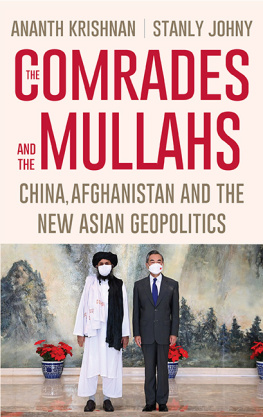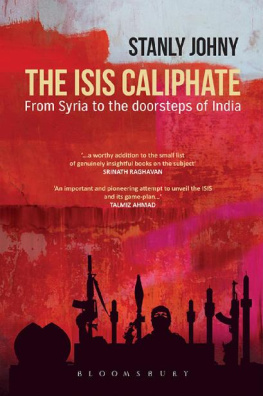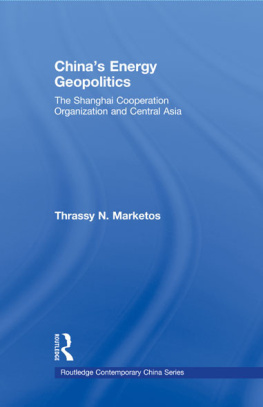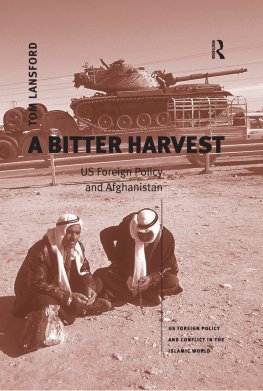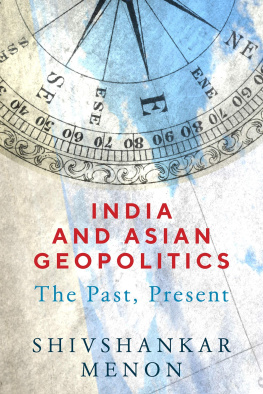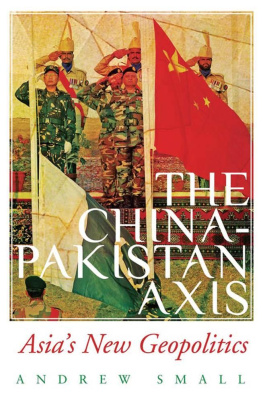Table of Contents


Contents

T HEREMNANTS OF AN ARMY, a famous oil on canvas by the nineteenth-century artist Elizabeth Butler, is a lasting image of the first Anglo-Afghan War (183942). It depicts William Brydon, a medical officer in the British Indian Army, arriving in Jalalabad from Kabul on horseback in 1842. Both Brydon, who was wounded, and his horse, look exhausted.
Brydon was the only survivor of the 16,000 soldiers and camp followers who were retreating from Kabul after the British invasion went awry. The British would invade Afghanistan two more times. On both occasions, they would fail to bring the whole country under their control. Finally, in 1919, after the third Anglo-Afghan War, Britain recognized Afghanistans independence and promised that it would not extend military expeditions beyond the Khyber Pass in the mountains of the Hindu Kush.
The British Army was neither the first nor the last force that crossed the Khyber Pass. As the British general, George Molesworth, put it, every stone in those mountains has been soaked in blood. Afghanistan has a long history of foreign invasions and resistance. From Alexander the Great to the British, and from the Soviets to the Americans, invading forces saw Afghanistan as a stepping stone for expanding their influence in Asia.
Take a look at any map, and Afghanistans importance is self-explanatory. It sits at the meeting point of South, Central, West and East Asia. On its east and south, Afghanistan shares a border with Pakistan, which is the countrys gateway to South Asia. On its west sits Iran, a major power in the Middle East. On the north, it shares a vast border with the Central Asian republics of Tajikistan, Turkmenistan and Uzbekistan, which were part of the Soviet Union during the last century and under imperial Russia in the nineteenth century. To the northeast, Afghanistan shares a small border with China and India (with Pakistan-occupied Kashmir [PoK]).
This book tells the story of the latest great power that sought and failed to remake Afghanistan, and what its failure will mean for the world, and particularly for the growing ambitions of its great rival a superpower-in-waiting that happens to sit right next door. If it is still unclear how the messy and chaotic US withdrawal, and the stunning fall of Kabul to the forces of the Taliban on 15 August 2021, which invoked comparisons to the fall of Saigon, may affect the exercise of American power in the long term, there is little doubt that the exit has opened both opportunities and challenges for China, Americas most potent competitor in the twenty-first century.
In the nineteenth century, Afghanistan found itself in the middle of the Great Game between the British and Russian empires. In the twentieth century, it was caught in the Cold War between the US and the Soviet Union. What will the twenty-first-century rivalry between the US and China the most important geopolitical contest of our times mean for Afghanistan? Attempting to unravel this question was what prompted us to write this book.
The book is divided into ten chapters that offer a descriptive and historical view of Afghanistans civil war, foreign interventions and the evolution of its polity. The first half of this book focuses on America in Afghanistan its entry and exit while the second half deals with the rising influence of China on its neighbour to the west.
The first chapter maps Americas decades-long interference, direct and indirect, in Afghanistan, which culminated in its withdrawal in August 2021. The US made a direct military intervention in the country in 2001, after the 11 September terrorist attacks by al-Qaeda. But the US also played a military role in the country long before that through its proxies, since the late 1970s. When communists took power in Kabul and the Soviets sent troops to Afghanistan, the US saw both a challenge to its influence in South Asia and the Middle East and an opportunity to trap the Soviets in Afghanistan. Washington joined hands with Saudi Arabia and Pakistan and provided money, weapons and training to various Mujahideen Islamist factions in Afghanistan that fought both the Peoples Democratic Party of Afghanistan (PDPA) regime in Kabul and the Soviet Red Army.
The US-backed Mujahideen ultimately succeeded in ending communist rule in Afghanistan and establishing an Islamic government. The US effort did, however, lead to unforeseen ramifications that would alter the course of Afghanistans history. The second chapter looks at the Talibans origins, ideology and their rise to power. During the anti-Soviet civil war, the various Mujahideen factions, divided over ethnicities and ideologies, stood united against the common enemy. But once the communist regime fell, they started fighting against each other, plunging Afghanistan into a deadly civil war. The country was divided into several fiefs, each controlled by different warlords. The Taliban rose from this anarchy as an anti-Mujahideen Islamist movement that promised security to the public. With their ideological and theological roots in the vast Deobandi madrassa networks in southern Afghanistan and north-western Pakistan, the Taliban, backed by Pakistans military establishment, emerged as the most powerful insurgency against the Mujahideen and would eventually take Kabul in 1996.

